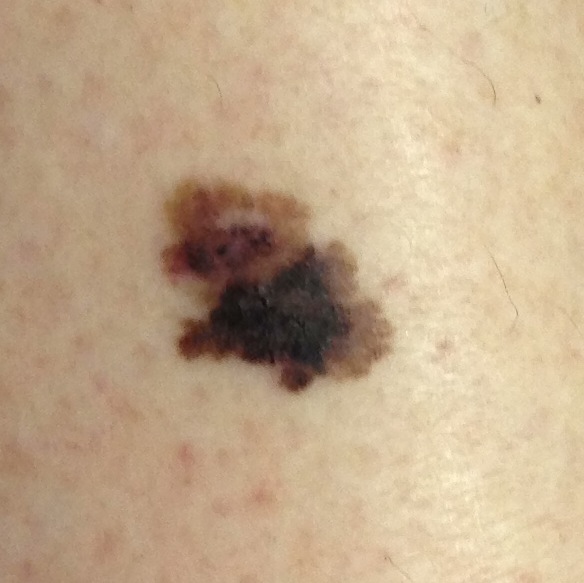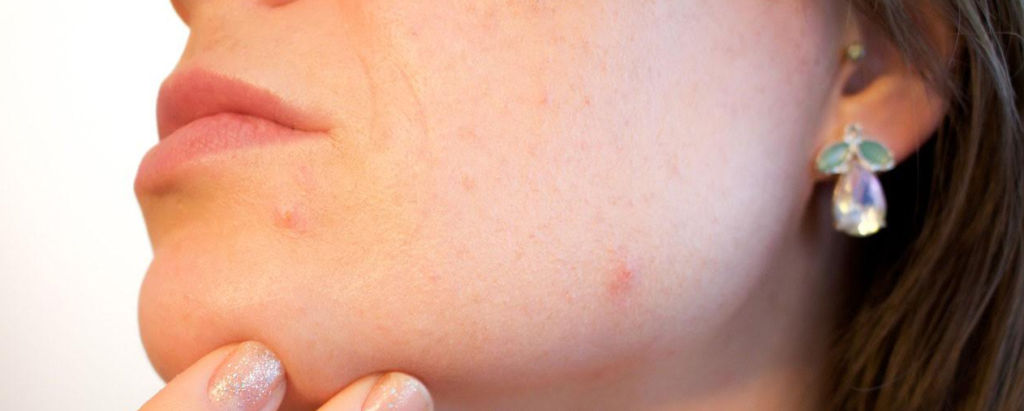Melanoma
The most dangerous type of skin cancer.
Introduction
What is melanoma?
Melanoma is considered the most dangerous form of skin cancer as it typically will spread to other areas of the body, including organs, if left untreated.
Non-melanoma skin cancers, such as Squamous Cell Carcinoma and Basal Cell Carcinoma, are generally considered less dangerous as they are less likely to spread and can usually be treated with surgery. It can occur anywhere on the body, including areas not exposed to the sun, like inside the mouth or the palms of the hands. Men are more likely to get melanomas on their back while women are more likely to experience them on their legs.
Melanoma begins in melanocyte cells. It occurs when those cells behave abnormally, growing excessively and taking over surrounding tissues. They can develop from existing moles or skin growths, but, more commonly, they will start as a new growth.
For more on common forms of skin cancer, view our page on Skin Cancer.
CATEGORIES
All about Melanoma
Causes
Symptoms
Types
Prevention

Vera Heydendael
Senior Dermatologist
Melanoma has been on the rise for years for different reasons. Increased tanning, low awareness and more sun exposure during holidays.
Early detection is the key to treating it. The earlier it is found, the more treatment options there are.
Make sure to self-check your whole body every 3 months if you have more than 50 moles. In other cases, do it at least twice per year.
Pictures of Melanoma
Our overview of melanoma pictures includes pictures of moles and other skin lesions, that you can use as a first comparison to any moles you might feel uncomfortable with.
The melanoma pictures give you an idea of what it can look like. Signs of melanoma can differ in form, color or borders. These signs are measured below each picture.
Other characteristics such as diameter and evolution are not shown, as they are difficult to assess through static images. However, when you check your skin, make sure to check for these signs, too.
Disclaimer: These images contain visual content that might be perceived as disturbing.



Top posts
About melanoma

Are melanoma moles painful?
Melanoma commonly appears from either new or existing moles. There are several symptoms of melanoma to be aware of, pain being one of them. When it forms, a mole can become painful. However, not every painful mole is melanoma. Read here what you need to know about painful moles.

Melanoma that looks like a freckle
Melanoma is a scary disease because it can often look quite similar to harmless looking blemishes, like a mole or a freckle. According to DermNet New Zealand, about 75% of melanomas are new spots that appear in otherwise normal looking skin. The rest will form from an existing mole or spot. The key to early detection is knowing the warning signs that distinguish the harmless from the dangerous with freckles and moles

Melanoma that looks like a pimple
Melanomas come in many shapes and forms. It can often be difficult to distinguish them from your average mole or blemish. In some cases, a type of melanoma called nodular melanoma can even look frighteningly similar to a pimple. So how do you tell the difference? Read the warning signs to watch out for below.
PREVENTION METHODS
How SkinVision can help you!
SkinVision enables you to check your skin spots for signs of skin cancer within 30 seconds. Our algorithm is currently at the level of a specialist dermatologist.
In skin spots with a potential health risk, SkinVision provides feedback about the preferred next step to take.
SkinVision also enables you to store photos to keep track of changes over time, helping you to monitor your health in the long term.
The efficient and easy-to-use solution is available for iOS and Android and helps to make skin monitoring a simple routine.

Ready to take the first photo?
Download SkinVision from the App Store or Google Play and start checking your skin now.